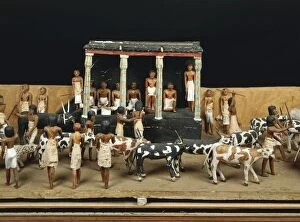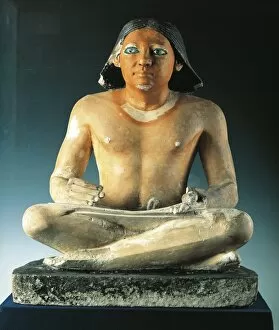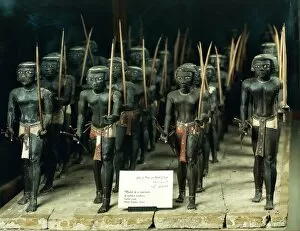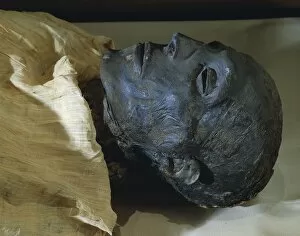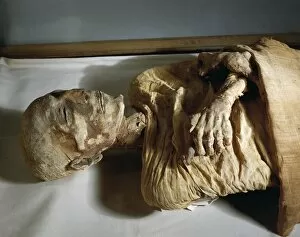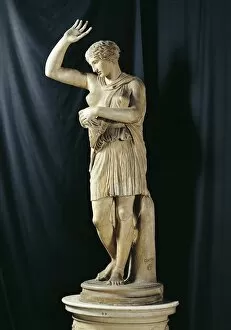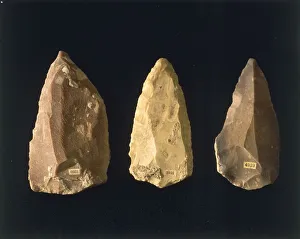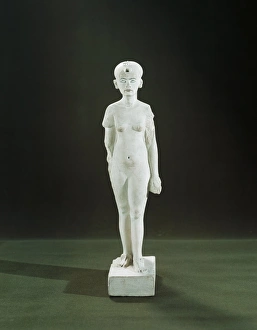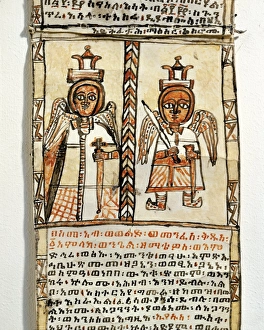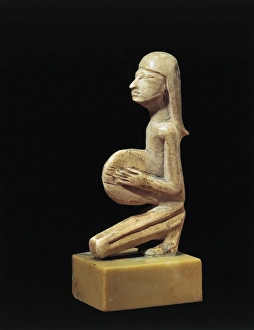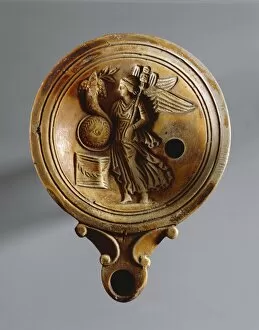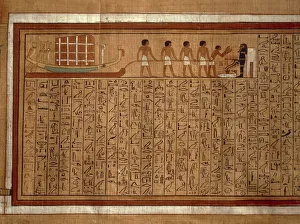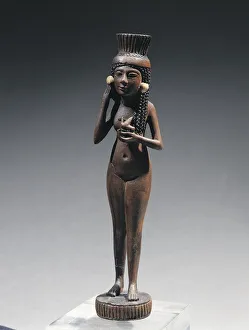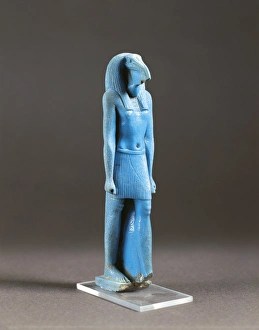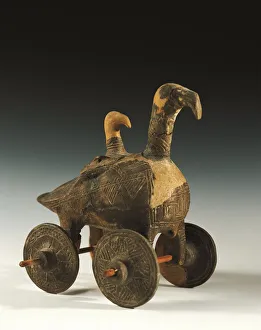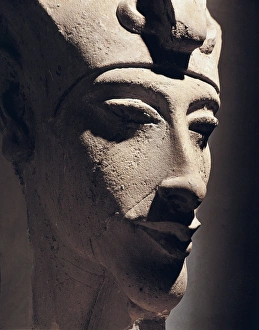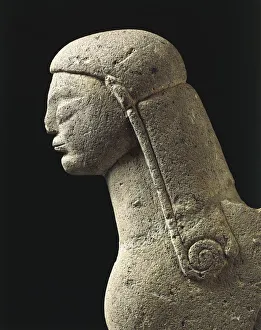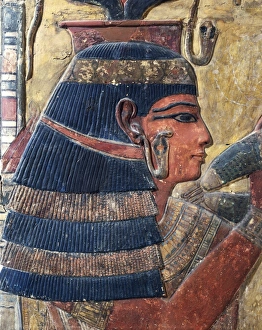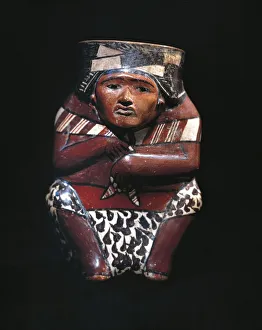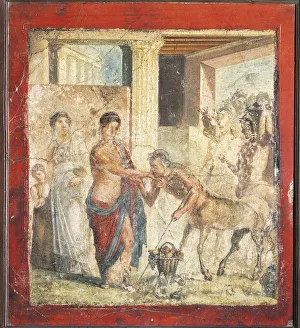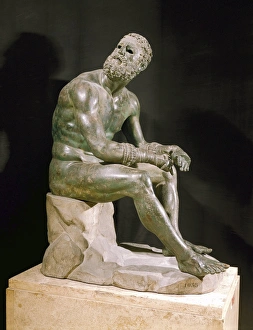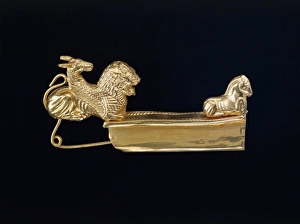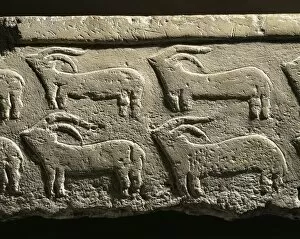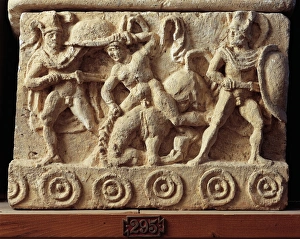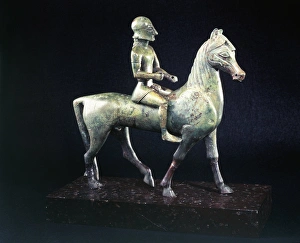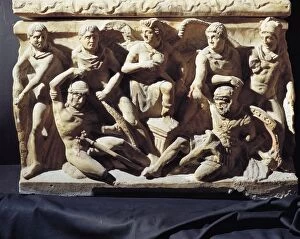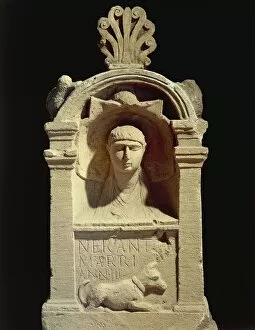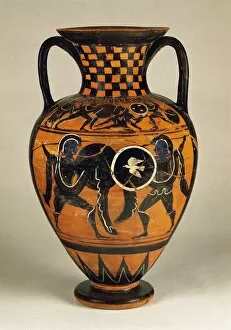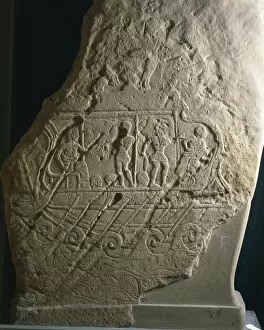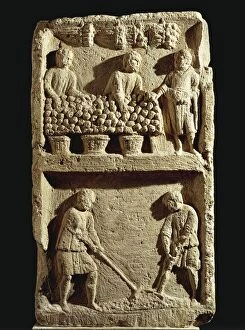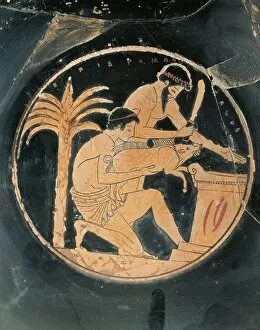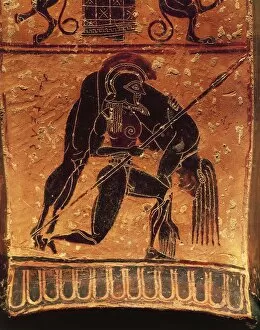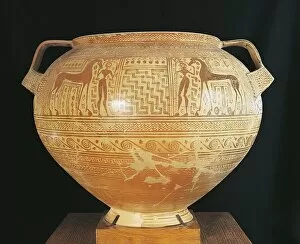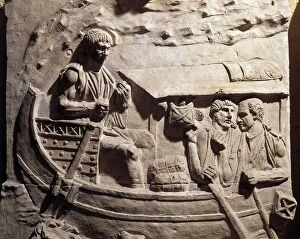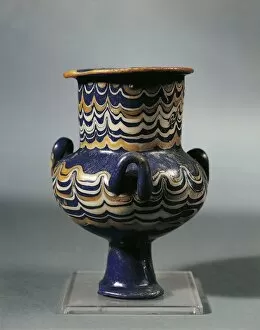Archeological Artifact Collection (page 2)
"Unveiling the Beauty of Ancient Art: A Glimpse into Archeological Artifacts" The Nike or Victory of Samothrace
All Professionally Made to Order for Quick Shipping
"Unveiling the Beauty of Ancient Art: A Glimpse into Archeological Artifacts" The Nike or Victory of Samothrace: This magnificent marble sculpture stands as a symbol of triumph and grace, showcasing the mastery of Greek craftsmanship. Black-figure pottery, amphora by Exekias depicting Achilles and Penthesilea: Delving into the depths of Greek civilization, this exquisite amphora tells the tale of love and tragedy between two legendary warriors. Black-figure pottery Carbire vase with scene of Ulysses: Journey alongside Ulysses through this intricately decorated vase, capturing his epic adventures in stunning detail. Aphrodite the Saver: Witness a Roman copy that immortalizes Calamis' original statue, portraying Aphrodite's divine beauty and her ability to bring salvation to those who seek it. Sculpture representing winged horses from Tarquinia, Italy: Transport yourself to ancient Lazio where these majestic winged horses once graced the cityscape, evoking a sense of awe and wonder. Detail of Attic pottery depicting Hercules, Triton and Maenads dancing: Step into an ancient celebration as Hercules joins mythical creatures in a lively dance captured on this intricate piece of pottery dating back centuries. Ceramic figure of a parrot from Colima civilization in Mexico: Discover the vibrant world inhabited by the Colima people through this charming ceramic figure that reflects their artistic prowess. Decorated lamp with Chi-Rho symbol made from terracotta: Illuminate your understanding with this beautifully adorned lamp featuring one of Christianity's earliest symbols - Chi-Rho - revealing glimpses into religious practices long past. Altar depicting the mythic origins of Rome from Ostia excavations (marble): Unearth stories etched in stone as you explore an altar that narrates Rome's mythical beginnings; a testament to the city's rich history.



